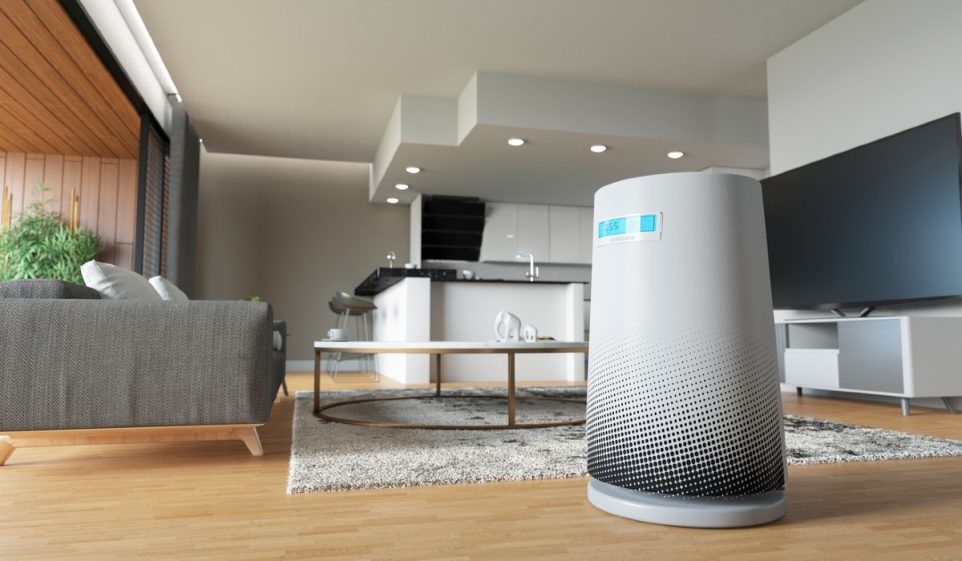Do Air Purifiers Really Make a Difference in Air Quality?

Home air purifiers are becoming increasingly popular, especially since people are more concerned about the environment and overall air quality. Sure, your home will provide shelter, but too many people opt to stay in compared to the previous generation. This makes them more susceptible to indoor pollutants like mold and dust, increasing the risk of lung-related issues.
To combat this, you may want to consider an air purifier. But are these devices reliable enough to make a noticeable difference in air quality? Let’s start by finding out how air purifiers actually work.
How Do Air Purifiers Work?
An air purifier sanitizes the air so it is free from toxins, allergens, and pollutants. Some people confuse air purifiers with filters. However, filters merely remove particles; purifiers sanitize those particles as well.
Some air purifiers will only filter certain particles. They will trap particles as air passes through the device, and others may neutralize the particles without filtering them beforehand.
You can also find negative ion-emitting purifiers, which attract positively charged parts and neutralize them. However, you need to be aware of any possible ozone emissions when using this type of air purifier.
Are Air Purifiers Effective?
Yes – to some degree. If you plan to purchase an air purifier, you should know it won’t remove every harmful particle in your home. Many particles can remain on soft surfaces (furniture, carpet, bedding, etc.), not to mention your walls and doors. However, when used with a filter and regular cleaning around your home, an air purifier is a fantastic way to improve air quality and health.
What Do Air Purifiers Remove?
Air purifiers remove and neutralize numerous harmful pollutants from the air in your home. These include:
Allergens
An allergen is a substance that creates a negative immune response, such as allergies and asthma. Common airborne allergens include pet dander, pollen, and dust mites. An air purifier alongside a particulate air filter can efficiently trap many of these allergens.
Mold
Similar to allergens, indoor dust particles can be very harmful to people with lung conditions. An air purifier with a HEPA filter works very well to remove mold and dust. However, a dehumidifier can also be beneficial in making your home a less ideal environment for mold to grow in the first place.
Smoke
Similarly, air purifiers with a HEPA filter can also remove smoke from the air. However, you need to be aware that purifiers will not eliminate that smoke smell, and you may still find smoke stains on your ceiling and walls.
Indoor Toxins
Everyday cleaning and hygiene products can be a source of harmful indoor toxins. When they live in the air, they become harmful to people. An air purifier can trap many indoor toxins, though you should reduce your usage of these products if you truly want to eliminate toxin particles.
What Are the Benefits of an Air Purifier?
The main benefit of an air purifier is improving air quality in your home. However, air purifiers may also benefit people with allergies or asthma. While a purifier is no replacement for your prescribed medications, it can help remove the troublesome source of many of your allergy symptoms. As such, an air purifier can lead to fewer asthma attacks and allergic reactions.
As you can see, there are numerous benefits to using an air purifier in conjunction with a quality filter system and regular cleaning. While they will remove pollutants to some degree, it’s best to utilize numerous cleaning methods to ensure your house is as clean and safe as possible.
Your Trust, Our Core Commitment
At Rising Tech, earning and maintaining your trust is the cornerstone of our mission. We're dedicated to transparency, impartiality, and the relentless pursuit of truth in every article, review, and recommendation we publish. Our commitment to these principles ensures that you, our valued reader, are always equipped with reliable and unbiased information. Let us be your trusted guide in the ever-evolving world of technology.